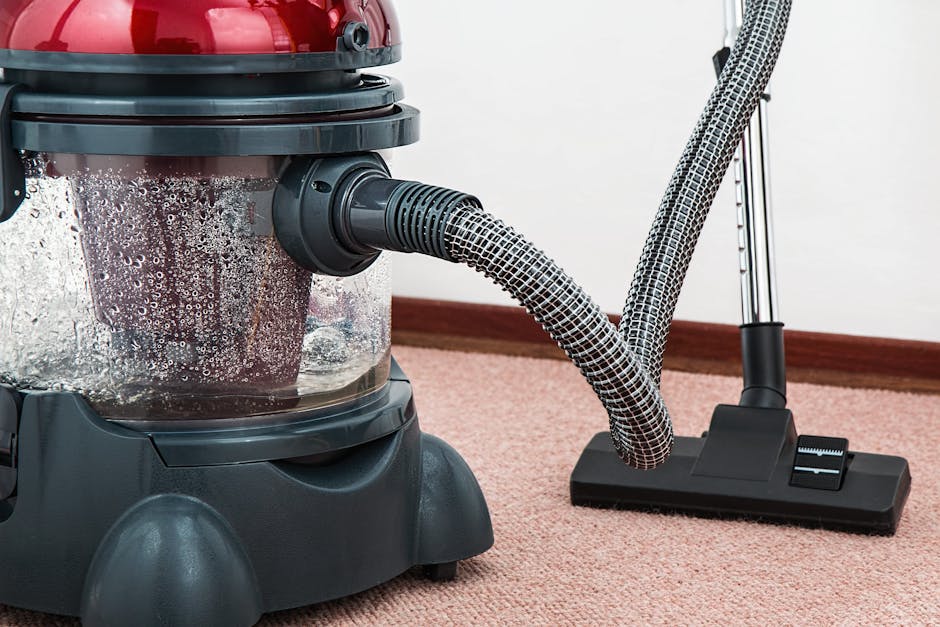 Core planning principles for Consolidated Labs
Core planning principles for Consolidated Labs
A lot of hospitals are now transitioning into creating a central core lab facility to avoid sending out samples to different places which can ultimately improve the efficiency of lab testing. This is called Consolidated Lab Testing. This practice is now being implemented to reduce cost expenditures and effort.
Core laboratories can offer facilities a variety of options for testing, from routine hematology tests to more complex texts such as toxicology and endocrinology. One biggest advantage of this is to have the results delivered in a matter of hours rather than having to wait for days which is advantageous for both the providers and patients. That means required course of treatment can be given more quickly leading to better patient outcomes all in all.
This new approach is also very beneficial for health systems having a lot of hospitals under it. It is now very economical to have a lot of hospitals under one health system.
Before getting started with the process, hospitals need to evaluate their need for centralized lab testing. It is essential to know how many test providers are currently ordering for patients and whether the facility wants to maintain that amount or offer more expansive testing. After that, it is time to look at staffing issues and other resources. You may need to hire more staff members. The next step is to find a physical space that meets your laboratory’s needs. You can either have the lab center inside the hospital’s location or a separate space altogether but the important thing is it is easy to transport the various medical equipment needed, it is easy to store the supplies and test samples, and it is also applicable to have large equipment necessary to process various medical tests.
Alongside hiring commendable staff lab workers, it is also very good to plan for the number of hours the laboratory should be open. The lab is restricted in terms of number of personnel and the availability of resources and equipment because that limits the number of test procedures to be performed.
It is also necessary for the lab to have an established flow with regards to the testing procedures, handling of samples, and waste disposal methods.
When operating a laboratory, hospitals and health systems must strictly follow some rules and regulations from various health government agencies.
It is important to have clear protocols and designs to keep the samples from being contaminated since the lab contains a lot of harmful chemicals and biological materials.
The security should also be tough and there should be a limited number of individuals allowed to access the lab samples.
If you want to know more about consolidated lab testing, this useful site holds an array of information.